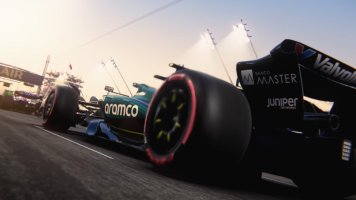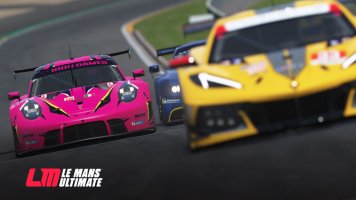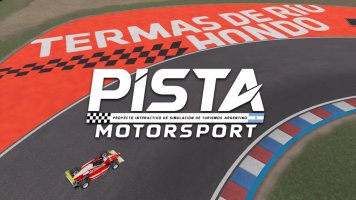I believe this is pretty well sorted.
This design makes heavy use of 1/4" (6.35mm) thick angle aluminum.
Having the angle cross members through bolted to the seat brackets creates a rigid frame to support the seat and transducers.
The TST-429 will be mounted very close to the vertical section of angle to transmit more vibration and less flex to the seat brackets.
The rear section has two pieces of angle through bolted. I believe this will also be very solid and not require additional bracing.
The tricky part was figuring out how to mount the bottom supports to the NLRv3 pedestal is a solid way without interfering with either the P1 frame or the NLRv3 base.
Below shows overlapping Angle aluminum.
The green angle is through bolted to the NLRv3.
The lower red angle will be bolted to the green angle.
The front support has good clearance with the NLRv3 body, spring, and arm and has room between it and the profile around it.
In back there will be a compression fit.
The lower red angle will through bolt the NLRv3 and a block of 1"x1.5" solid aluminum from the top and side.
The bottom isolator support has about 1/4" clearance when the NLRv3 is tilted all the way back and a bit more when it is tilted all the way left.










